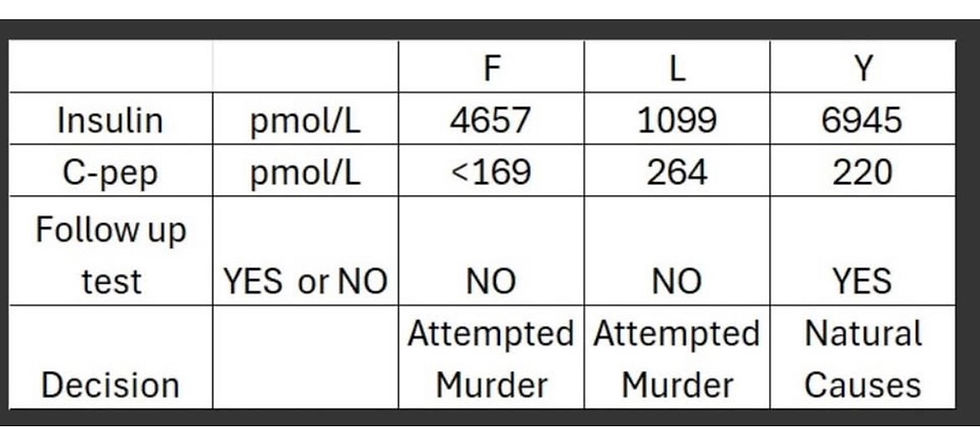Doddle
- drellenstorm
- May 21, 2020
- 4 min read
Updated: May 21, 2023
On our daily lockdown walks to the park we’ve noticed that the chicks of smaller water birds hatch earlier than the chicks of larger ones. This, we presume, is because the chicks of smaller birds are smaller, and therefore have less growing to do inside the egg. Thus: cootlings, ducklings, goslings, cygnets. In that order: disputes over the correct terminology for a baby coot notwithstanding.
The sun is shining and my daughters’ teachers have helpfully decided that this week is topic week, and sent them a factsheet about Roy Lichtenstein. This, my daughters decide, means they do not have to do any maths or English all week, much to mummy’s dismay and despite her many protestations. Lockdown homeschooling is going well.
The plan then is this: we will take the camera to the park to photograph the goslings. Then we will come home and turn our gosling photographs into something resembling a work of art in the style of Roy Lichtenstein to send to our teachers.
The process involves learning about how to turn the camera on and off, focus, zoom, and change the macro lens (good, it turns out, for close up shots of rhododendron flowers, with extra points for bees) for a telephoto. We learn about focal length and sensors and angles and how light travels simultaneously in straight lines and waves. We learn about composition and patience and squatting and faster shutter speeds for seagulls. We learn about gosling nurseries and we get extra points for wing flapping and diving shots. We learn that there are eleven goslings and the next day we return and there are ten, and we encounter sadness, uncertainty, reality and precarity.
I demonstrate what I have inside my head with a single gosling and a few green spots in Photoshop. We decide that we’re not too keen on Lichtenstein’s spots and these are abandoned in favour of blue waistcoats and top hats. No, we do not want to send our pictures to the teachers because they bear little resemblance to Lichtenstein’s many cartoon images of blonde women (these are remarked on): our pictures were not inspired by Lichtenstein, I am firmly informed.
I didn’t get my first computer until after I left medical school in my mid-twenties. I'm a technological dinosaur, and extremely pleased with my single spotty gosling. At nine, my daughters take to Photoshop like ducks to water and are already better than me at it. They have no fear: one of them tells me confidently that she knows how to build a website because they’ve been learning it in school.
I may not be much good at IT but at least I can teach them something about biology, physics, and art.
It strikes me that if I were going to teach practice-as-research to nine-year-olds, making Photoshop images of waterfowl in the style of Roy Lichtenstein might be a good place to start. Not because there’s much that’s new about either wildlife photography or Photoshop as a technique these days, but because in considering the process by which the final images were generated we must consider the subject (birds), the techniques (photography and Photoshop, and cue an impromptu lesson on graphic design), the lineage of the practice (Lichtenstein), and the nature of the artist’s intellectual and emotional engagement with her subject, which is auto-ethnographic and goes some way to explaining why the same brief resulted in three very different pictures. The things we learnt, we learnt in an intertwined creative-critical endeavour.
Of course, the things we learn at nine are new to us but not new to the world, and our edges can be a little wobbly. Grown-up arts practice researchers work at the boundaries of knowledge in relation to both subject and technique. A strong case has been made in recent years for the validity of artistic practice as a 'method for studying art and the practice of art' (Lyle Skains, 2018). But Lyle Skains, a one-time biological anthropologist turned practice researcher, has suggested that art as research 'can throw new and unexpected light onto a range of topics including cognition, discourse, psychology, history, culture and sociology'. This is made possible by artists 'observing and analysing themselves as they engage in the act of creation'. It is not only the elucidation of the process that led to the making of a particular artwork that defines that work as research: it is the myriad connections that the artist must make with the world in the process of that making, and thus, what the work is trying to say.
Perhaps Doddle is the missing gosling? This is my interpretive journey, as the viewer of this image. There is what the image contains that its maker brought to it, but there is also what I bring to it, which is the sharp guttural pang of sudden and inexplicable loss, and in the lectern, the small comfort of the religious sermon. What knowledge does this image contain, and what does it say, about birth, death, anthropomorphism, childhood, loss of innocence, and hope?
Doddle

Mr Swan

Untitled

References
LYLE SKAINS, R., 2018. Creative Practice as Research: Discourse on Methodology. Media Practice and Education. 19, pp.82-97.






Comments